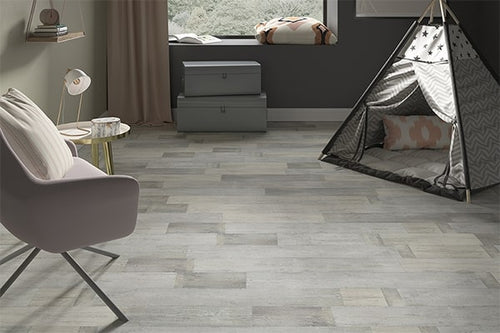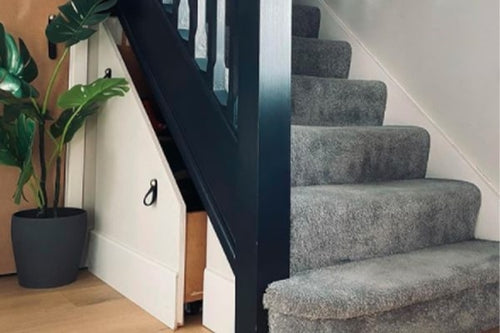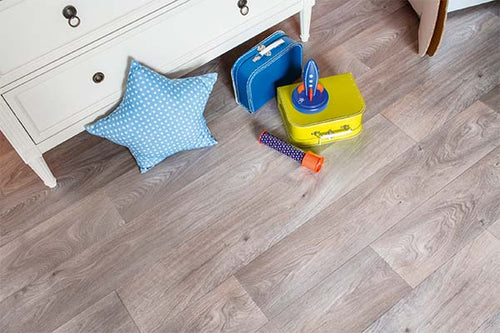Every building has its own natural humidity level, which will most likely be different to the environment where your floor will have come from. Temperature or moisture all affect the humidity of a room and changes in these can cause your floor to contract or expand. While unnoticeable to the eye on a single plank or tile, can make a dramatic difference on an overall floor once fitted, leading to gaps, buckling, warping, or even cupping.
Thankfully, by acclimatising your floor to its new environment, you can mitigate this risk. It's also very simple to do.


What is acclimatisation?
Acclimatisation is the process of familiarizing flooring to its new environment. It's a very easy step in the process of getting a new floor in your home but the most important as, if you don't acclimatise correctly, it can result in a lot of problems.
What flooring do you need to acclimatise?
Most flooring - wood, vinyl, and laminate - needs time to acclimatise to its new home prior to installation. The time it takes depends on the type of flooring you have; however, the process is the same for each.
The exception to this rule is carpets, which will not need to be acclimatised before installation and can be fitted as soon as it arrives in your home.
How do you acclimatise flooring?
To acclimatise flooring, simply lay packs flat in the room you will be fitting the flooring in for the recommended time. Leaning packs of flooring against the wall or standing on their edge might seem like a good idea to save some space, but it will damage your flooring and cause the boards to bow or misshape.


As tempting as it may be to rip open the packaging to have a look or store them individually to speed up the acclimatisation process, this can also cause damage to your floor. Storing them in their original packaging prevents warping and ensures that all the pack contents acclimatise at a similar rate. It also offers more protection while they are being stored.
This is not the case with sheet vinyl which, while it should still be placed in the room where installation will be taking place, should be unpacked and unrolled, with 4m widths being cut to size and laid flat.
How long does it take to acclimatise a new floor?
How long it takes to acclimatise flooring varies for each floor type.
| Floor type | Length of acclimatisation needed |
|---|---|
| Engineered wood | 48hrs to 72hrs depending on manufacturer |
| Solid wood | Up to 7 days |
| Laminate | 48hrs |
| Luxury click vinyl | 48hrs for Spectra, ParquetVinyl does not need acclimatisation |
| Luxury rigid core vinyl | 12hrs |
| Luxury glue down vinyl | 24hrs |
| Sheet vinyl | 24hrs |
Be sure to check the manufacturers guidance on your exact flooring to ensure you allow enough time before installation. Allow for a minimum of 7 days after any wet trade work (such as plastering) before you start to acclimatise your floor as this changes the humidity in the room.


What happens if I don't acclimatise my floor?
Not acclimatising your new floor can cause many problems that, although not obvious from board to board, will be evident on a finished floor. Cracking, warping, and splitting when drying or expansion-related issues such as bowing, buckling, and cupping can all happen if a floor hasn't been acclimatised properly and for the recommended length of time.
If you have any questions about the acclimatisation process of your new flooring, or would like to speak to one of our flooring experts, you can give the team a call on 02476 012 840.


